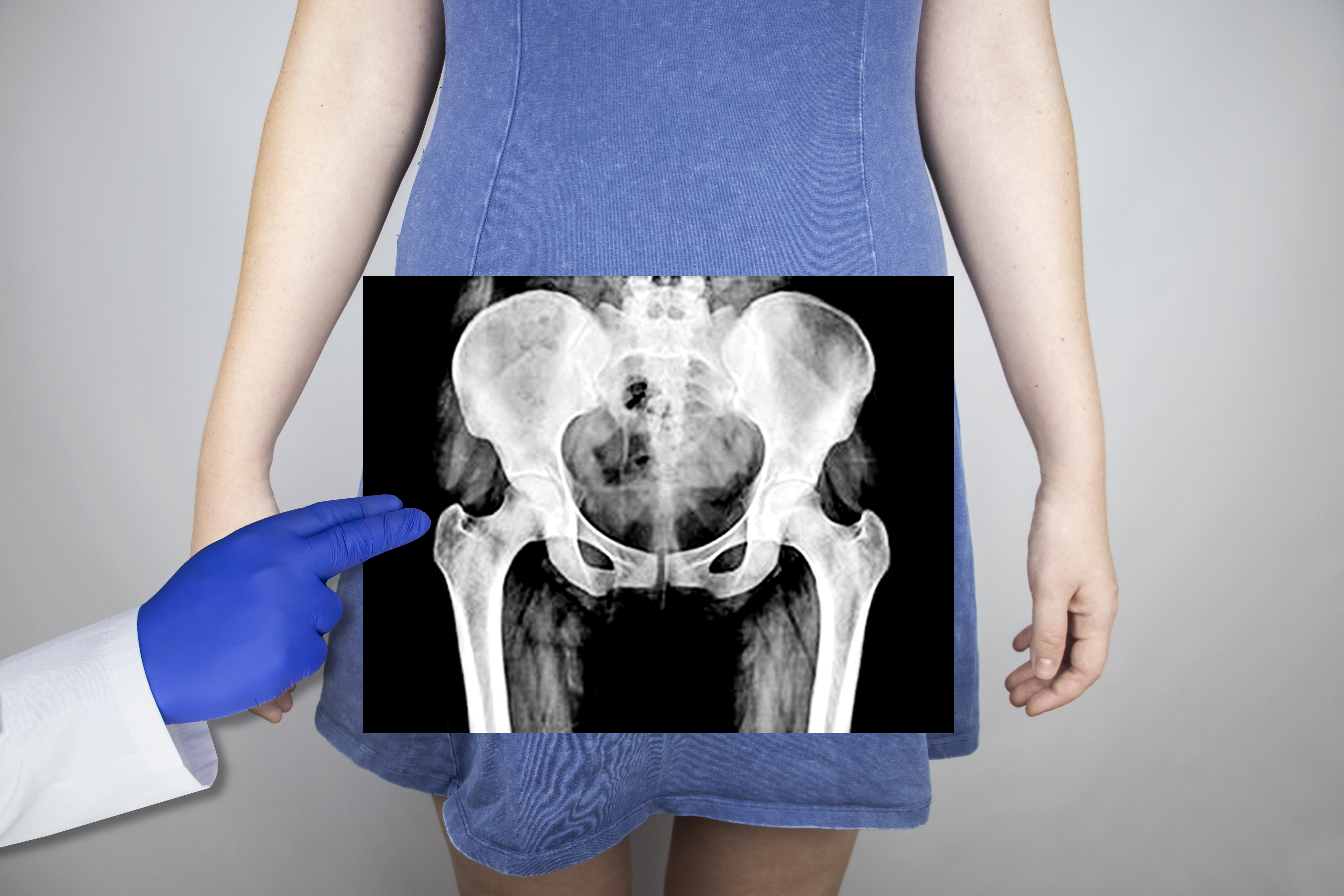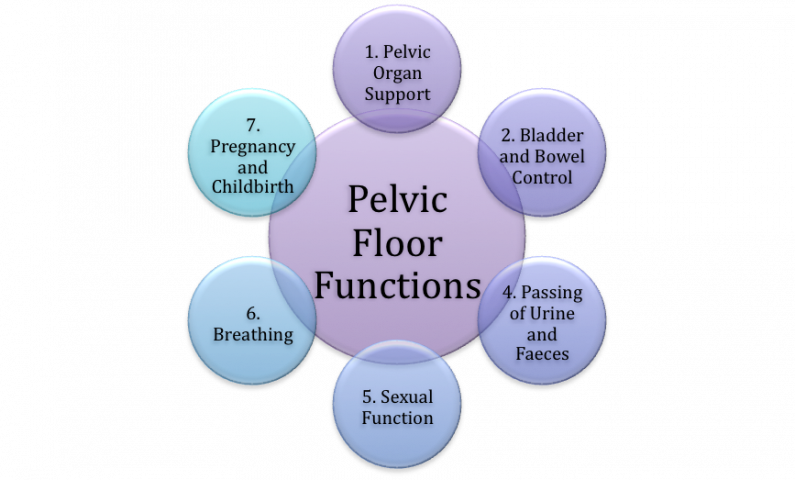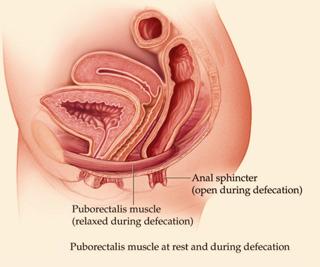pelvic floor dyssynergia causes
Excessive straining when having a bowel movement. Anal sphincter dyssynergia can be caused by obstructions but mostly improper relaxing of the anal sphincters or pelvic floor muscle during defecation.

Constipation And Pelvic Floor Dyssynergia What Do They Have In Common The Pelvic Expert
In constipation the pelvic floor muscles are tight and overactive and do not know how to relax.

. An example of anorectal dysfunction that can contribute to constipation is a condition called Pelvic Floor Dyssynergia also referred to as anismus. Defecation Dyssynergia is most commonly due to the inability of the pelvic floor or anal sphincter muscles to relax during defecation. This defaecation disorder is caused by failure of relaxation or paradoxical contraction of the external anal sphincter and puborectalis muscle during the defaecation process.
Excessive straining when having a bowel movement. Offering a wide range of treatments including biofeedback and specialized gastrointestinal pain management techniques you can take comfort knowing that experts. There is the sensation of incomplete emptying of the rectum.
One of the most common causes of constipation is when the muscles of the rectum andor pelvic floor are not working properly when attempting to pass stool during a bowel movement. Striated pelvic floor muscles accompanies straining during defecation in normal subjects. Using your fingers to help you have a bowel movement digital evacuation Overview Causes.
Pelvic Floor Dysfunction in men is often diagnosed as Prostatitis. Pelvic floor dyssynergia and pelvic floor dysfunction are caused by impaired relaxation of the external anal sphincter impaired relaxation of the puborectalis muscle or decreased propulsion of. Inadequate rectal andor abdominal propulsive force Impaired anal relaxation or.
Stress bacteria andor inflammation can cause the pelvic floor muscles to elicit a protective response tightening of the muscles to protect against the stressor. Common symptoms reported by people with pelvic floor. Pelvic floor dyssynergia is a condition in which the external anal sphincter and the puborectalis muscle contracts rather than relaxes during an attempted bowel movement.
Your pelvic floor is the group of muscles and ligaments in. This condition can affect men and women. Its estimated that one-third of adult women experience some form of pelvic floor dysfunction with 30 percent of those requiring surgery to correct the problem.
Causes are generally unknown but possible factors include pregnancy and childbirth a history of passing hard or painful stool and psychological factors including a history of abuse. It is a disorder that most often presents with constipation. When you have pelvic floor dyssynergia the muscles do not relax resulting in constipation.
This paradoxical contraction in functional. It is important to understand that Pelvic Floor Dysfunction can occur whether prostatitis is present or not. Pelvic floor dyssynergia is a painful condition that can affect your quality of life.
Pain in your lower back. The pelvic floor is composed of a group of muscles that span the underlying. Also if there is a.
Pelvic floor dyssynergia is a painful condition that can affect your quality of life. To determine if there was a singular cause that led to your pelvic floor dyssynergia or if multiple events played a part your GP will discuss your medical history. A paradoxical contraction is when the pelvic floor muscles contract when they are supposed to.
So when on the toilet the pelvic floor muscles are creating a serious kink on the rectum and its very difficult to push the bowel motion out without straining pain or causing anal fissures little tears in the anus. It is marked by the failure of pelvic floor muscles to relax or a paradoxical contraction of the pelvic floor muscles with defecation. Pelvic floor dysfunction is the inability to control the muscles of your pelvic floor.
Normal bowel movements involves relaxation of both of these muscles. What are the symptoms of pelvic floor dysfunction. It is often a habit of an ineffective posture and behaviour you have when you try and have a bowel movement.
The current diagnostic criteria Rome III includes inadequate defecatory propulsion as another cause of a defecation disorder besides dyssynergic defecaton. The prostate in men. The pelvic floor muscles.
Pelvic floor dyssynergia is a behavioural disorder that is the result of an unintentional habit. The uterus and vagina in women. The bladder the pouch holding your urine.
Often times a paradoxical contraction may occur when attempting to relax the pelvic floor muscles further inhibiting bowel function and emptying. Pelvic floor dyssynergia PFD is a term often used interchangeably with dyssynergic defaecation anismus or puborectalis syndrome. If Youre Experiencing Chronic Pelvic Pain Youve Probably Been Misdiagnosed.
Less than three bowel movements per week. However in certain people the striated muscles of the pelvic floor contract rather than relax on straining thus causing Pelvic Floor Dyssynergia PFD. How to Fix Pelvic Floor Dyssynergia.
The pelvic floor are the muscles that attach to the pelvis in the abdomen. Ad Men Treated By a Specialist Feel Dramatically Better Many Becoming Completely Pain-Free. This condition is referred to as dyssynergic defecation.
The primary causes of pelvic floor dysfunction include pregnancy obesity and menopause. Passing stool through your rectum. The physiological mechanisms of DD include inability to coordinate abdominal rectoanal and pelvic floor muscles during defecation because of causes such as.
Completing a bowel movement. What causes pelvic floor dyssynergia. Anal sphincter dyssynergia also known as pelvic floor dyssynergia is the weakening of the pelvic floor or sphincters in the anus.
The rectum the area at the end of the large intestine where your body stores solid waste. Other names for this condition include anismus pelvic floor dysfunction paradoxical puborectalis dysfunction anorectal muscle. The pelvic organs include.
Knowing when you are ready to have a bowel movement. How common is pelvic floor Dyssynergia. Biofeedback remains a morbidity free low-cost and effective outpatient therapy for well-motivated patients complaining of functional constipation and.
9 A study showed that patients with inadequate defecatory propulsion or who cannot appropriately increase propulsive forces with or without contraction or less than 20 relaxation of anal sphincter. You may have trouble.

Pelvic Floor Dysfunction Gastrointestinal Society

The Role Of Pelvic Floor Muscles In Male Sexual Dysfunction And Pelvic Pain Sexual Medicine Reviews

Pelvic Floor Dysfunction Physiopedia

Constipation And Pelvic Floor Dyssynergia What Do They Have In Common The Pelvic Expert

What Is Pelvic Floor Dyssynergia Advanced Gynecology

Constipation And Pelvic Floor Dyssynergia What Do They Have In Common The Pelvic Expert

Abdominophrenic Dyssynergia And Pelvic Floor Dysfunction Zion Physical Therapy

